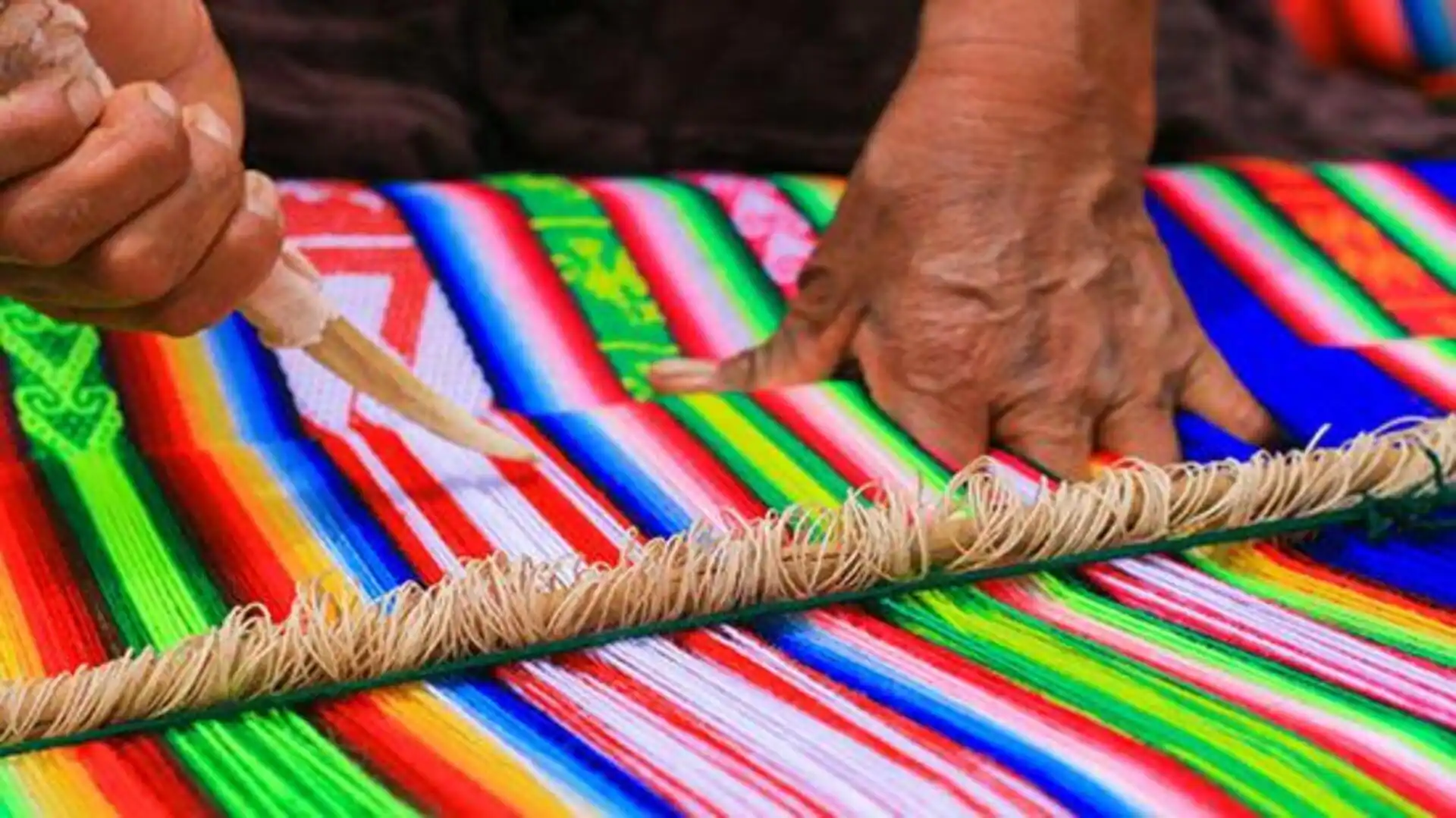By Anujj Trehaan
Copyright newsbytesapp

Peru is famous for its rich cultural heritage and its handicraft traditions are an evidence of this colorful past. These crafts have been handed down generations, keeping the skills and stories of ancient civilizations alive. From detailed textiles to beautiful pottery, Peruvian handicrafts give a peek into the country’s diverse cultural tapestry. This article takes you through five timeless handicraft traditions still flourishing in Peru today. Andean textiles are one of the most famous crafts of Peru. These textiles are made by hand-weaving traditional techniques, thousands of years old. Artisans use natural fibers like alpaca and cotton with bright dyes from plants and minerals. The patterns often depict symbols from Incan mythology or scenes from daily life. Each piece is unique, something that reflects the weaver’s skill and creativity. Peruvian pottery is characterized by distinctive styles from region to region. The famous Nazca culture was known for its polychrome ceramics decorated with bold geometric designs and vivid colors. The Moche civilization, on the other hand, created realistic portrait vessels in the form of human faces and figures. Today, artisans carry on these traditions using both ancient techniques and modern innovations to create functional pieces with artistic flair. Silverwork has a long history in Peru, dating back to pre-Columbian times. Interestingly, silver was considered more valuable than gold by some cultures because of how rare it was in certain regions. Today, modern Peruvian silversmiths craft intricate jewelry pieces such as earrings, necklaces, bracelets, and rings, adorned with traditional motifs. They include animals or geometric patterns inspired by the beauty of nature around them. Retablos are colorful altarpieces traditionally used for religious purposes but now also serve as decorative art forms. They represent everyday life scenes within small wooden boxes. These boxes are filled with miniature figures made out of clay painted bright hues. They capture the essence of rural communities across the country. At the same time, they preserve cultural identity through storytelling.



